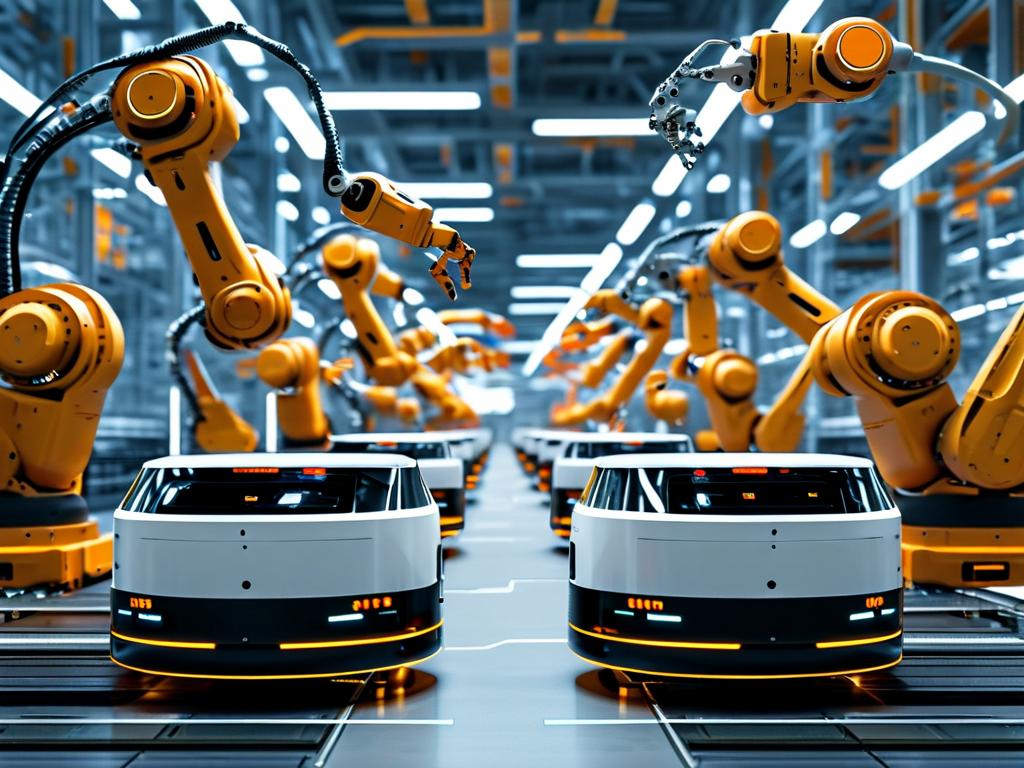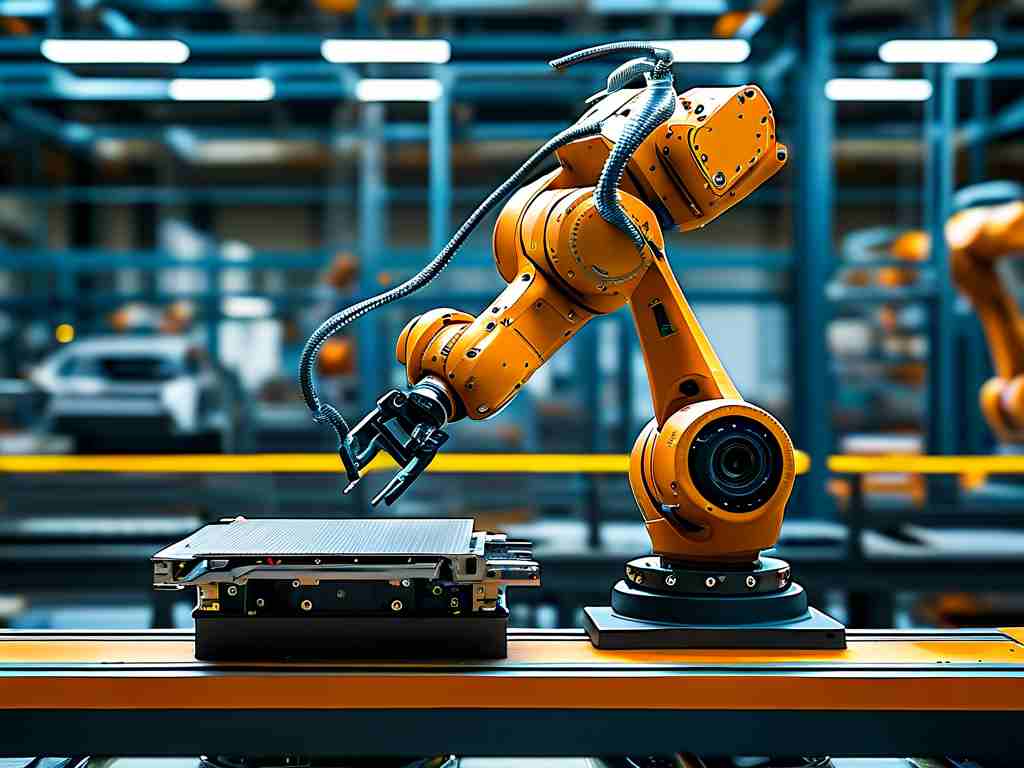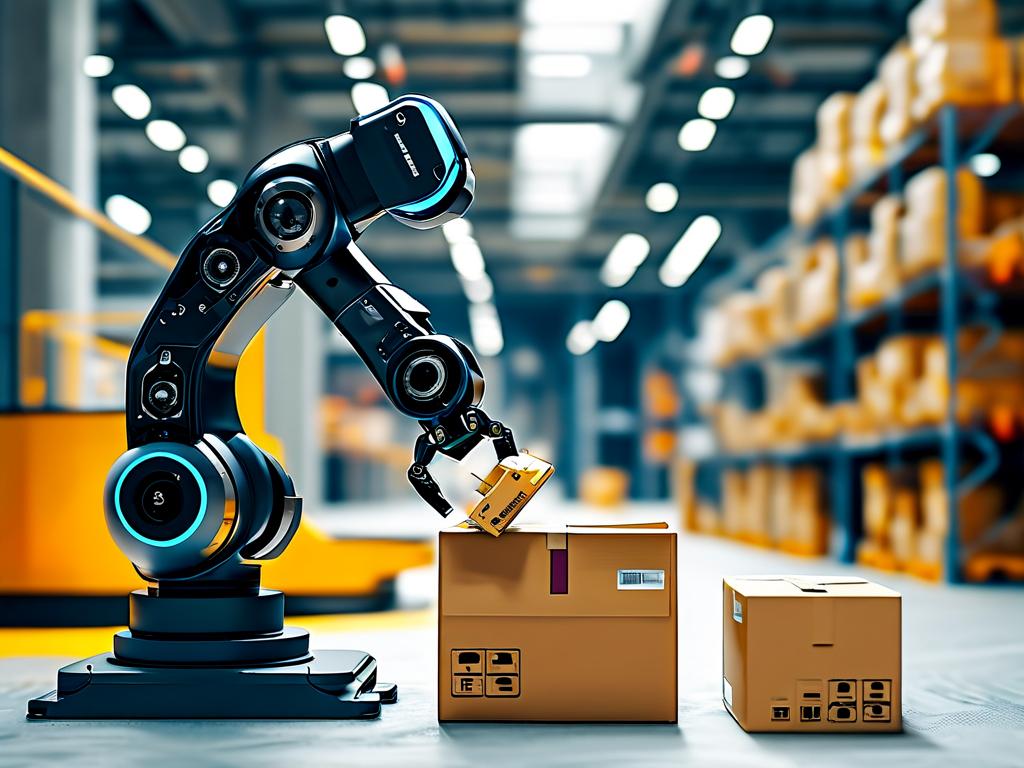The automotive manufacturing landscape is perpetually driven by demands for enhanced precision, unwavering consistency, and optimized production efficiency. Within this dynamic environment, the automation of wheel rim production stands as a critical frontier. Robotic Automated Welding Technology for wheel rims has emerged as a transformative force, fundamentally reshaping how these vital safety components are fabricated. This sophisticated integration of robotics, advanced sensing, and precise welding techniques represents a significant paradigm shift away from traditional, often inconsistent, manual welding processes.

At the core of this technology lies the industrial robot arm, typically a multi-axis articulated unit renowned for its exceptional repeatability and dexterity. These robots are meticulously programmed or guided to execute complex welding paths along the intricate joints of a wheel rim – primarily the crucial connection between the rim's inner barrel and the outer face or flange. Unlike a human welder, the robot replicates the exact same motion with sub-millimeter precision, pass after pass, hour after hour. This inherent consistency is paramount for wheel rim integrity, as even minor variations in weld penetration or bead geometry can compromise structural strength and fatigue life.
The true sophistication of modern Wheel Rim Robotic Welding systems, however, extends far beyond the robot's mechanical movement. Advanced machine vision systems act as the robot's "eyes." Utilizing laser scanners or structured light, these systems perform rapid, non-contact 3D scans of the rim components positioned on a precision fixture or rotating chuck. Sophisticated software algorithms then process this point cloud data in real-time. This enables several critical functions:
- Seam Tracking and Path Correction: Even with precise fixturing, minor variations in component fit-up or thermal distortion during welding can occur. Vision systems continuously track the actual joint position. If the weld seam deviates from the pre-programmed ideal path, the system dynamically adjusts the robot's trajectory mid-weld to ensure the welding torch (or laser head) stays perfectly centered over the joint. This compensates for real-world imperfections that would challenge a manual operator.
- Automatic Seam Finding: For systems handling varying rim designs, the vision system can automatically locate the starting point and profile of the weld seam upon part loading, eliminating the need for highly precise, model-specific hard tooling for every single variant. This significantly enhances flexibility for mixed-model production.
- Quality Pre-Checks: Some systems can perform preliminary checks on joint gap width, misalignment, or presence of contaminants before welding commences, flagging potential issues proactively.
The welding process itself is equally advanced. While Gas Metal Arc Welding (GMAW/MIG) remains common due to its robustness and deposition rate, high-end rim production increasingly utilizes Laser Welding or Laser Hybrid Welding. Laser welding offers exceptionally narrow, deep penetration welds with minimal heat input, drastically reducing thermal distortion – a critical factor for maintaining the precise geometry required for proper tire bead seating and runout tolerances. The concentrated heat source also allows for higher welding speeds. Robotic systems provide the stability and precision necessary to maintain the tiny, consistent stand-off distance required for optimal laser focus.
Integrating all these components – robot, vision, welding power source, positioner, and control system – requires sophisticated software. Offline programming (OLP) software allows engineers to virtually simulate the entire welding cell, program robot paths, and optimize sequences without disrupting live production. This drastically reduces commissioning time for new rim models. The central controller orchestrates everything: commanding the robot, processing vision data, regulating welding parameters (voltage, current, wire feed speed, gas flow, laser power), synchronizing part rotation, and implementing safety interlocks.
The advantages of Robotic Wheel Rim Welding Automation are compelling:
- Unmatched Consistency & Quality: Every weld is performed identically, meeting stringent quality standards for penetration, bead profile, and lack of defects (porosity, undercut). This directly translates to enhanced rim strength, durability, and safety.
- Dramatically Increased Productivity: Robots work continuously without fatigue, achieving significantly higher throughput compared to manual welding. Cycle times are optimized and predictable.
- Reduced Operational Costs: While initial investment is substantial, automation drastically lowers long-term labor costs and minimizes costly rework or scrap due to welding defects. Energy efficiency, particularly with laser welding, can also be improved.
- Enhanced Worker Safety: Automating the welding process removes human operators from hazardous environments involving intense arc light, fumes, sparks, and ergonomic strain.
- Superior Precision & Minimal Distortion: Precise control of heat input and robot path, especially with laser processes, ensures the final rim geometry meets tight dimensional tolerances critical for tire mounting and vehicle dynamics.
- Improved Traceability: Automated systems log welding parameters (voltage, current, speed) for every single rim produced, enabling comprehensive traceability for quality assurance.
- Greater Flexibility (with vision): Systems equipped with advanced vision can handle a wider range of rim designs and accommodate minor part variations more readily than dedicated hard automation.
Implementing this technology is not without its considerations. The capital expenditure for robotic cells, especially those with laser welding and advanced vision, is significant. Integration demands specialized engineering expertise in robotics, welding, vision systems, and controls. Programming, particularly for complex geometries or new models, requires skilled personnel. Robust fixturing remains essential for part positioning, although vision reduces its precision demands. Regular maintenance is crucial to sustain peak performance and avoid costly downtime.
Looking ahead, the trajectory of Robotic Wheel Rim Welding Automation points towards even greater sophistication. Integration of Artificial Intelligence (AI) and Machine Learning (ML) promises predictive maintenance, self-optimization of welding parameters in real-time based on sensor feedback, and enhanced defect recognition during or immediately after welding. The ongoing development of collaborative robots ("cobots") might open avenues for new human-robot interaction models in certain setup or inspection tasks, though the core welding process will likely remain fully automated for safety and quality. Further advancements in vision algorithms and sensor fusion will enhance seam tracking accuracy and system adaptability. The drive towards lighter-weight rims using new materials or designs will also push welding technology to adapt with novel processes and tighter control.
In , Robotic Automated Welding Technology is no longer a novelty but an indispensable cornerstone of modern, high-volume wheel rim manufacturing. Its ability to deliver unparalleled consistency, precision, and efficiency directly addresses the automotive industry's most stringent demands for safety, quality, and cost-effectiveness. As the technology continues to evolve with AI, enhanced sensing, and new welding processes, it will solidify its role as the definitive method for producing the critical, load-bearing structures that are automotive wheel rims, ensuring they meet the exacting standards required for vehicle performance and passenger safety worldwide.









